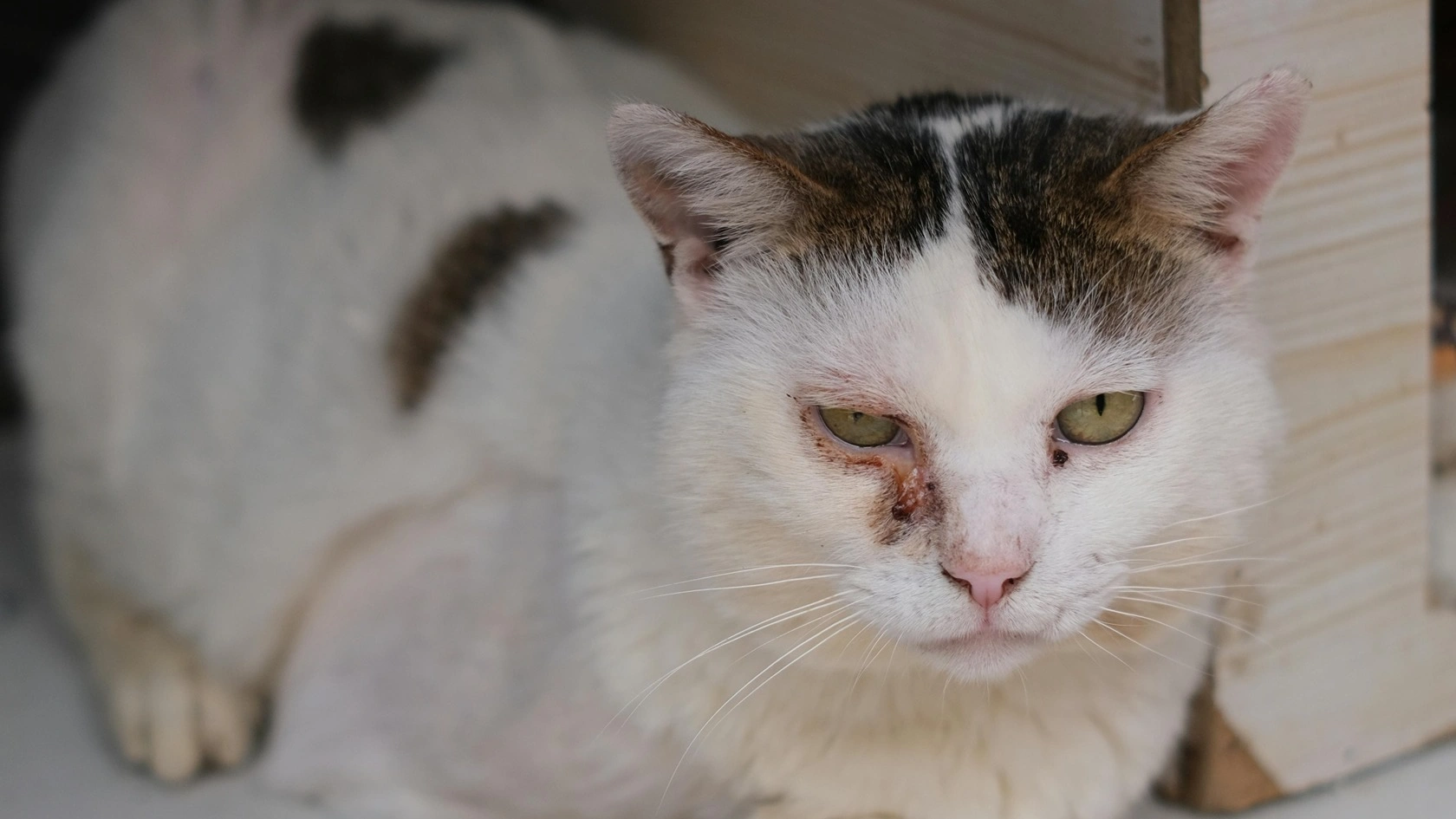TL;DR — Cat Herpes Infection Caused by Feline Herpesvirus 1 (FHV-1)
- Feline herpesvirus-1 (FHV-1), also called cat herpes, is a contagious infection that mainly affects a cat’s eyes and upper airways.
- The infection may spread easily between cats, especially in multi-cat homes, through direct contact, shared bowls, or even just being close to an infected cat.
- Once infected, the virus can stay in a cat’s body for life, and flare-ups often come back when a cat feels stressed or unwell.
- Common signs in cats include sneezing, watery or red eyes, nasal discharge, and, in severely infected cats, breathing trouble or weight loss.
- While there’s no cure, many cats respond well to medical care like antivirals, antibiotics for secondary infections (available only through a veterinarian’s prescription or administration), and supportive treatments at home.
- Vaccines, stress management, and good daily care go a long way in lowering the risk of flare-ups and keeping your cat comfortable.
If your cat is showing signs of feline herpes, contact us. A quick vet visit can make a big difference. With the right care, cats with FHV-1 can still live long, happy lives.
Have you ever noticed your cat sneezing a lot or having watery eyes and wondered what’s going on? Many cats actually get infected with feline herpesvirus type-1 (FHV-1), a highly contagious herpes virus or disease in cats. Learning about this active infection in your cat can help you keep them healthy and comfortable.
FHV-1 mainly affects the eyes and nose, so you might see symptoms of feline herpes like conjunctivitis, sneezing, or discharge. Cats infected with feline herpes can also develop secondary bacterial infections if their immune system is weak. Because this contagious virus spreads easily, it’s something to watch for, especially if you have more than one cat.
There’s no cure for herpesvirus infection, but cats respond well to antiviral medication, supportive care, and booster vaccines that help reduce the severity of symptoms. With the right care, you can also lower the chances of recurrent infection and serious illness. Keep reading to understand feline herpesvirus, spot the signs, and learn how to manage FHV-1.
What Is Cat Herpes and How Does Feline Herpesvirus 1 Affect Cats
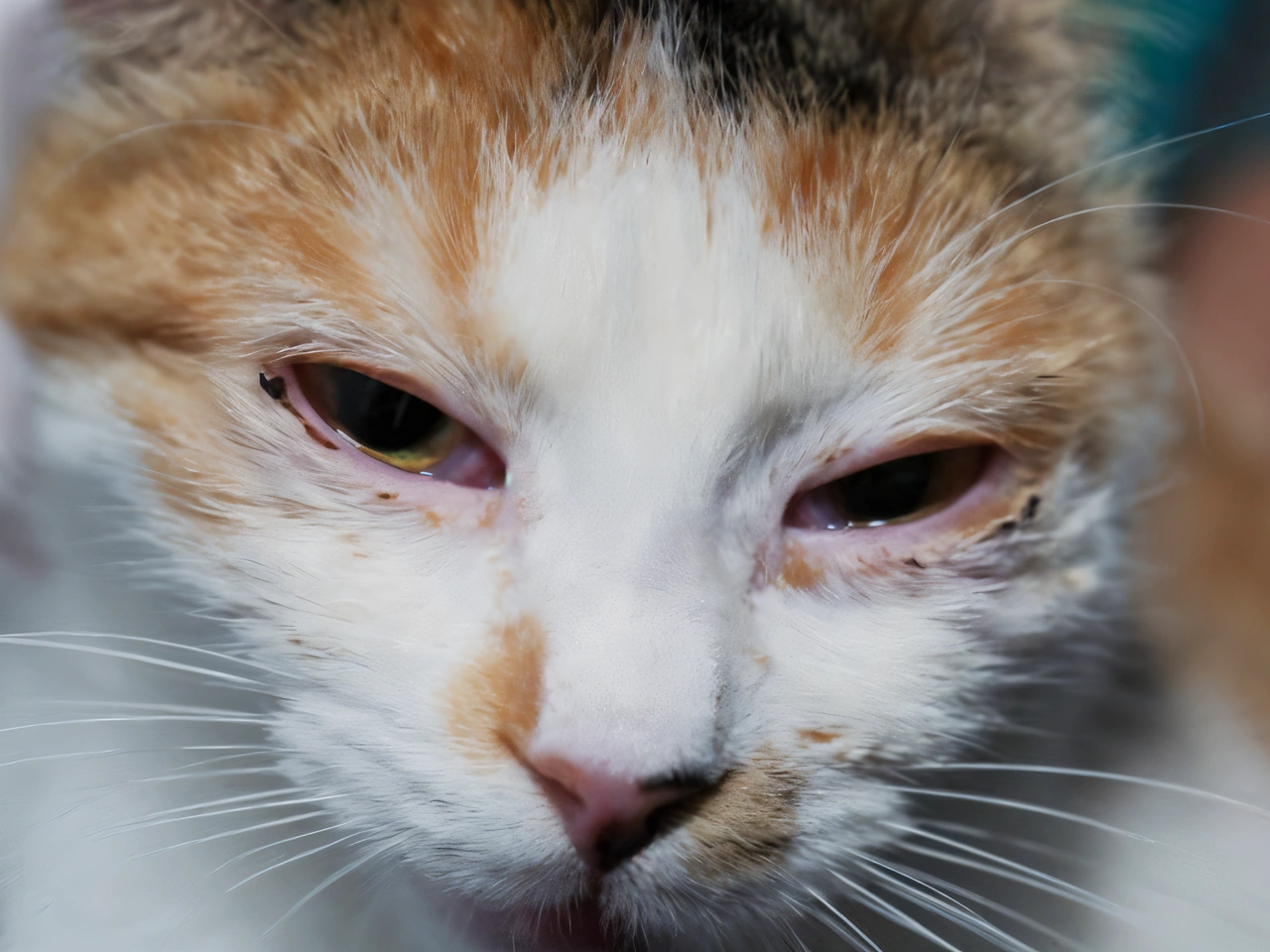
Feline herpesvirus-1 (FHV-1), commonly referred to as cat herpes, is a herpes virus that primarily affects cats and is highly contagious, primarily targeting the upper respiratory tract and eyes. It’s one of the most common viral infections in cats, and once a cat is infected with FHV, the virus can stay in their system for life.
How FHV-1 Infects Cats
Cats don’t have to look sick to spread the virus. Even during the incubation period, infection occurs, and the virus can easily move between cats in close contact.
- Infection occurs mostly through direct contact with virus particles from an infected cat.
- Some cats are carriers of the virus and may look healthy, but can still spread the herpes virus in cats to others.
- The FHV-1 virus can survive briefly in the environment, so cats that live together are at higher risk of infection.
Effects on an Infected Cat
When a cat is infected with FHV, the virus mainly targets the eyes and nose, leading to inflammation and discomfort. The severity of the infection can vary depending on the cat’s overall health and immune system.
- Feline herpesvirus-1 can cause inflammation in the eyes and nose, leading to a severe respiratory infection that is caused by the virus.
- A cat infected with FHV may have a mild or more serious infection, depending on their immune system.
- Adult cats usually handle the infection better, while kittens and cats with weaker immune systems may experience more severe infection.
Long-Term Impact
The challenge with FHV-1 is that it doesn’t always go away; the virus can hide in the body. This often leads to recurrent infection and viral shedding, especially during times of stress.
- The FHV-1 virus can stay dormant and lead to recurrent infection and viral shedding when a cat is stressed or unwell.
- Flare-ups can happen again, but they’re often less severe than the first infection.
- Even though there’s no cure for feline herpesvirus-1, knowing how FHV-1 works helps owners take steps to prevent infection and reduce the severity of the infection for their cat.
Causes of FHV-1 and How Cats Get Infected
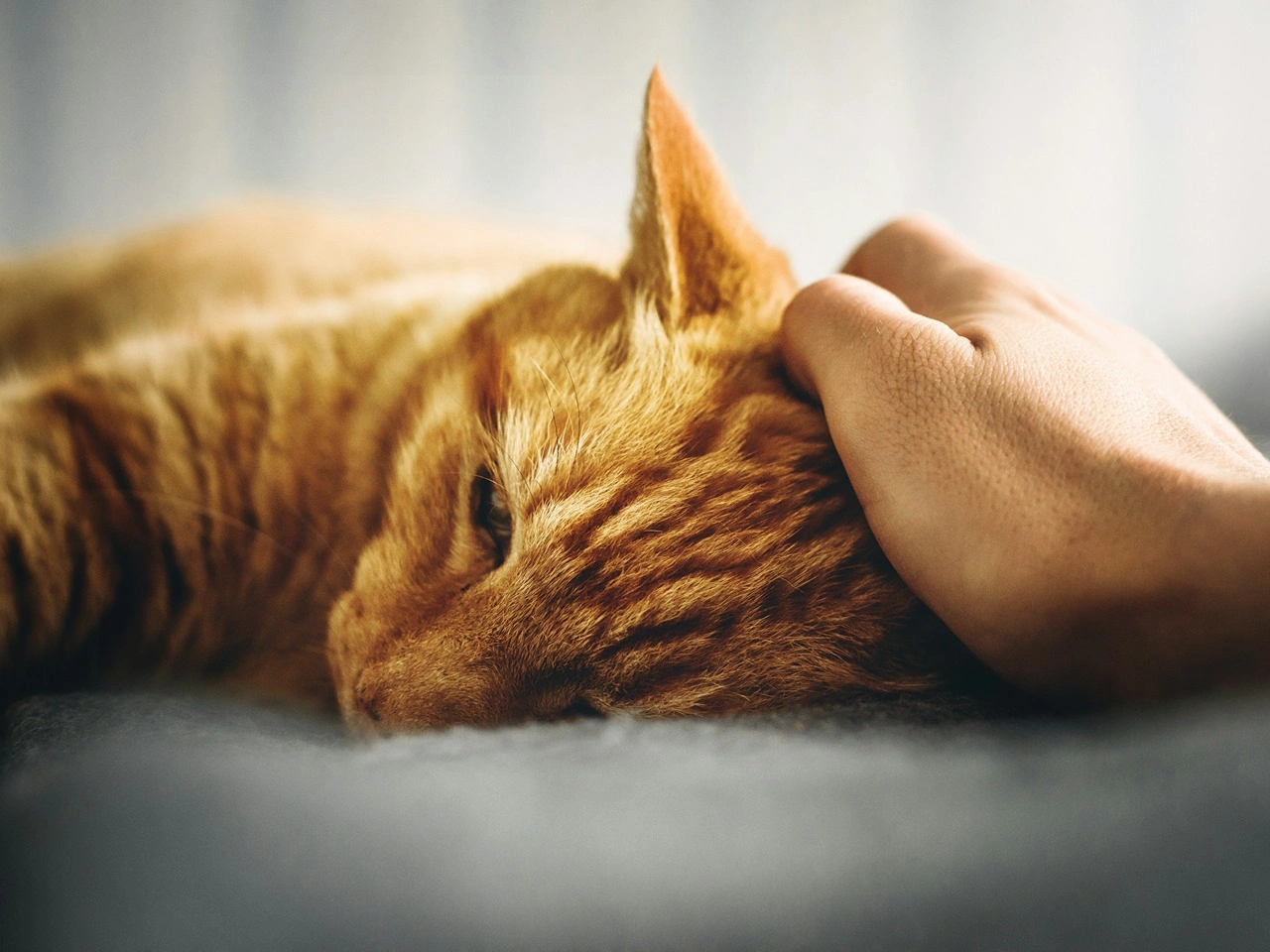
Feline herpesvirus causes what’s known as FVR infection, or feline viral rhinotracheitis. Once a cat is infected, the virus may stay hidden in their system for life, and stress or illness can bring it back again. It’s tough for owners because a cat may seem fine one day, then suddenly show signs of FVR when their defences drop.
Main Ways FHV-1 Spreads
The herpes virus is very contagious, especially when cats live close to each other. Even cats during this incubation period, when no symptoms of FVR are showing yet, can pass the virus to others.
- A cat may catch it through direct contact with cats with feline herpes.
- Sharing food bowls, bedding, or litter between a cat and other cats makes the spread more likely.
- Since the illness is caused by feline viral rhinotracheitis, it’s contagious to other cats, which is why multi-cat homes need extra care.
Factors That Increase Risk of Infection
Some living conditions make the risk of infection much higher. Cats that are housed in large groups, like shelters or catteries, are especially vulnerable.
- Cats in crowded environments face more exposure and a greater likelihood of recurrent infection.
- Stress, poor health, or weak immunity can trigger infection and viral shedding.
- Vaccines, like the intranasal herpes and calicivirus vaccine, can help prevent infection or at least reduce the severity of symptoms of FVR.
Why FHV-1 Persists
Once a cat is infected, the feline herpesvirus DNA stays in their system. This is why recurrent infection and viral flare-ups can happen throughout their life.
- Infection and viral shedding often return when cats are stressed or sick.
- Clinical signs of herpes recurrence may be mild, but they’re still frustrating to deal with for both cat and owner.
- While the herpesvirus vaccine reduces the clinical severity, it doesn’t erase the virus, so cats will greatly benefit from regular care and monitoring to keep flare-ups under control.
Common Symptoms of Feline Herpes Virus Infection in Cats
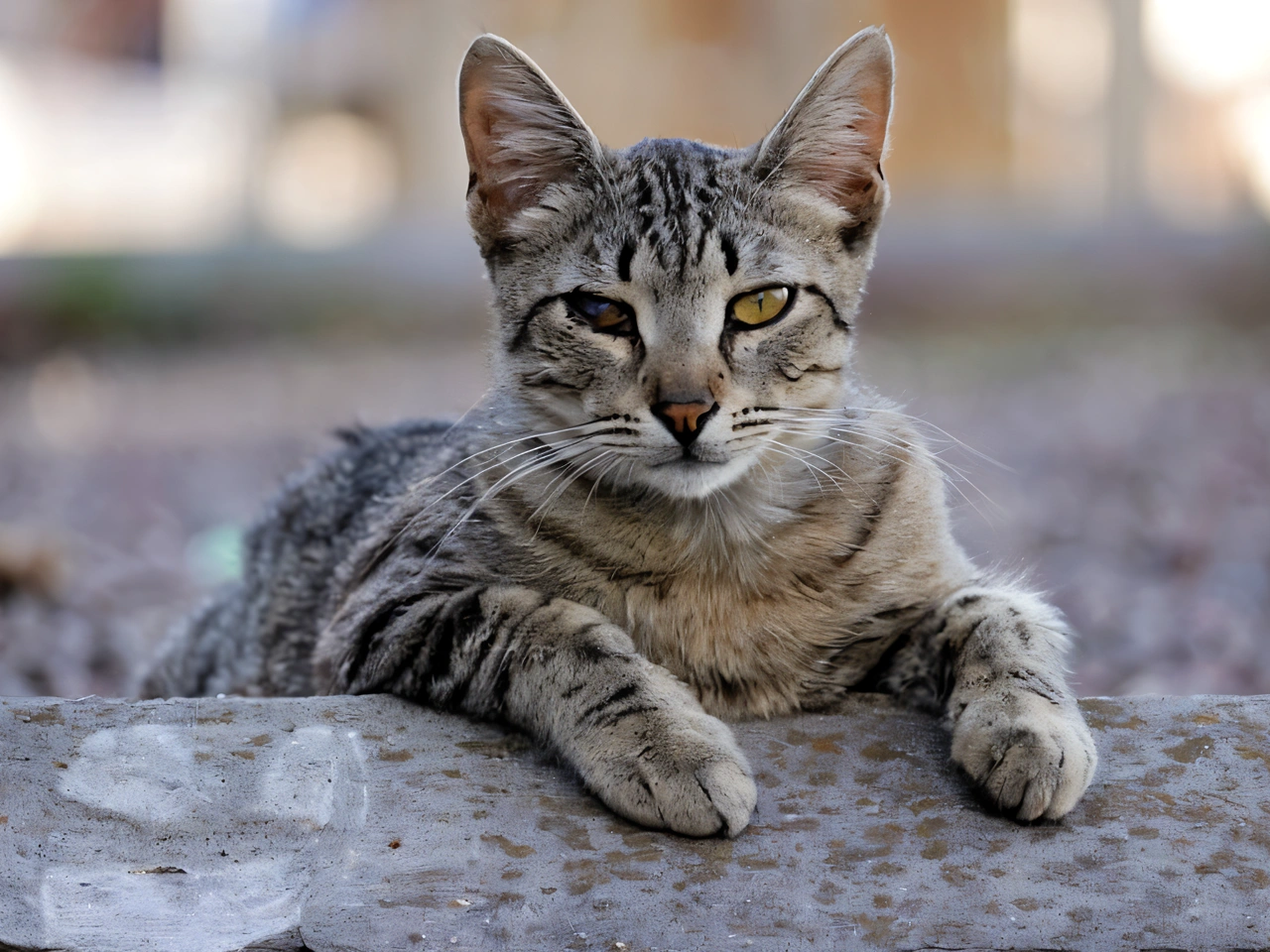
When a cat is infected with feline herpesvirus-1, the signs in cats often start with watery eyes or sneezing and can quickly become more noticeable. Feline herpes may seem like a simple cold at first, but the infection may be much harder on kittens or severely infected cats.
Eye-Related Symptoms
Eye problems are strongly associated with feline herpesvirus, and many owners notice them right away.
- Watery eyes, redness, and conjunctivitis are common first signs.
- Corneal ulcers can make a cat squint or even leave scarring on the eye.
- Some cats deal with recurring irritation that flares up again and again.
Respiratory Symptoms
This infection may remind you of a bad cold, but it can cause bigger problems if it worsens.
- Sneezing and nasal discharge are frequent signs in cats with the herpes virus.
- Congestion can make breathing uncomfortable, especially for severely infected cats.
- In homes with many cats, symptoms may overlap with feline calicivirus, making it harder to tell them apart.
General Illness Symptoms
Feline herpes may also affect a cat’s daily behaviour and overall energy.
- Fever, tiredness, and a lack of appetite often show up during an outbreak.
- Dehydration can set in if a cat refuses food or water.
- Many cats respond well to medical care, though recovery can be tougher for very young kittens.
Chronic or Recurrent Issues
Like the human herpes virus, feline herpesvirus can remain dormant in the body and reappear when a cat is stressed or ill.
- Recurring flare-ups are often associated with feline stress or other health problems.
- In weaker cats, flare-ups can feel almost as serious as feline panleukopenia.
- Cats and cats living close together can easily spread the virus, keeping the risk alive in multi-cat homes.
Understanding Recurrent Herpesvirus Infection in Cats
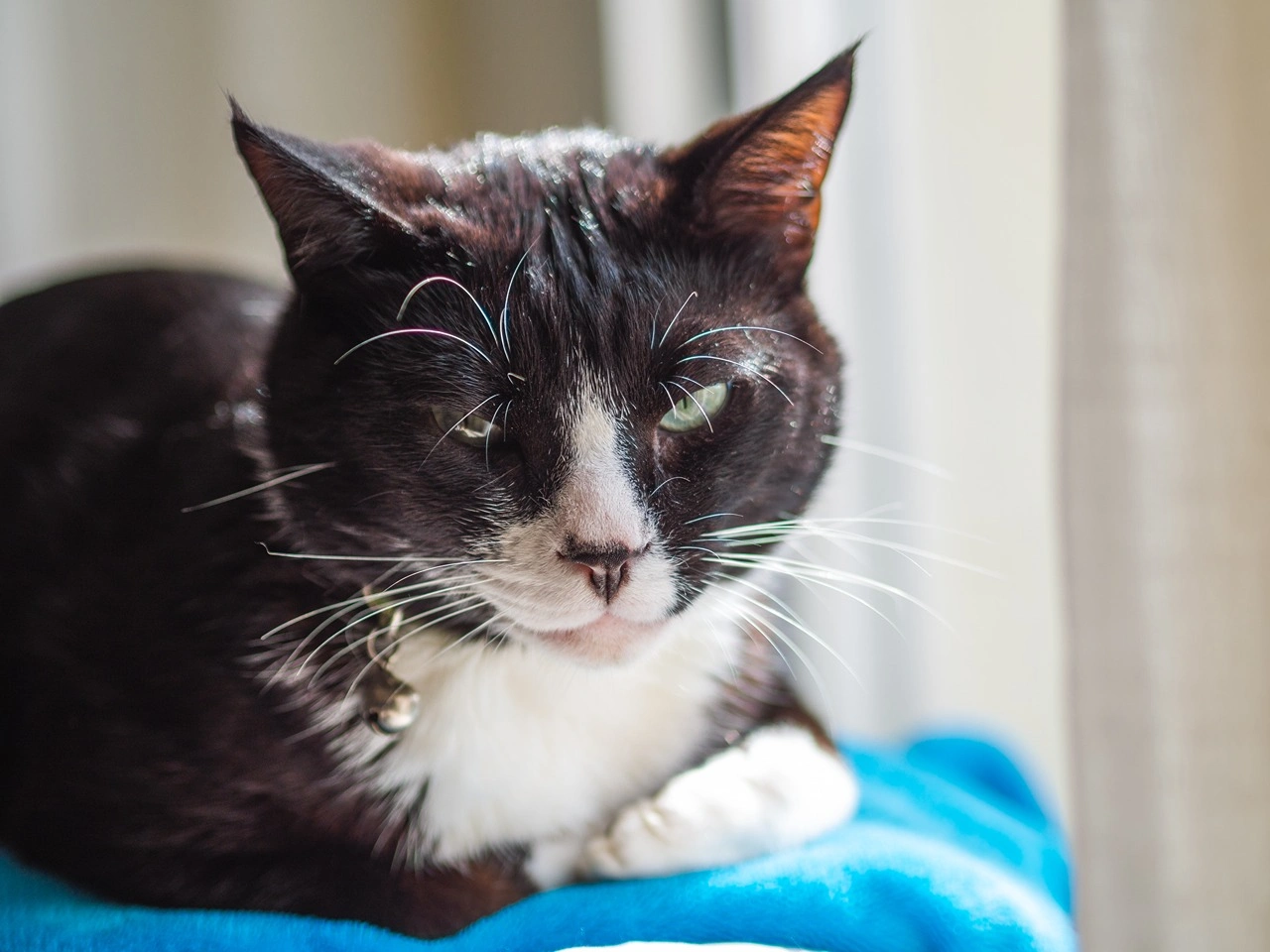
If your cat has ever been infected with feline herpesvirus-1, the reality is that the virus never truly goes away. Instead, it hides in the body and can come back later, which is why many cats deal with recurrent infection and viral flare-ups.
Why Recurrence Happens
The herpes virus in cats works much like the human herpes virus, staying in the body for life.
- After the first infection, the FHV-1 virus settles in and waits quietly.
- Stress, illness, or a weak immune system can wake it up again.
- This is why even healthy cats may suddenly show signs of infection again.
What Recurrence Looks Like
When flare-ups happen, the signs in cats are often similar to the first outbreak but sometimes milder.
- Sneezing, watery eyes, and nasal discharge return during episodes.
- Severely infected cats may have stronger symptoms that take longer to improve.
- Stressful events or other illnesses are usually linked to these relapses.
Likelihood of Recurrent Infection
Not every cat has frequent flare-ups, but some are more likely than others.
- Cats that carry the virus are at higher risk of infection returning.
- Cats that are housed with others may spread or catch flare-ups more easily.
- The severity of clinical signs of herpes recurrence can change each time.
Long-Term Impact
Living with feline herpes may mean dealing with flare-ups on and off for life.
- During viral shedding, a cat can still be contagious to other cats.
- Some cats develop lasting eye or nasal issues from repeated infections.
- The good news is that most cats respond positively to medical care, even if flare-ups keep happening.
Treatment of FHV-1: Managing Symptoms and Supporting Infected Cats
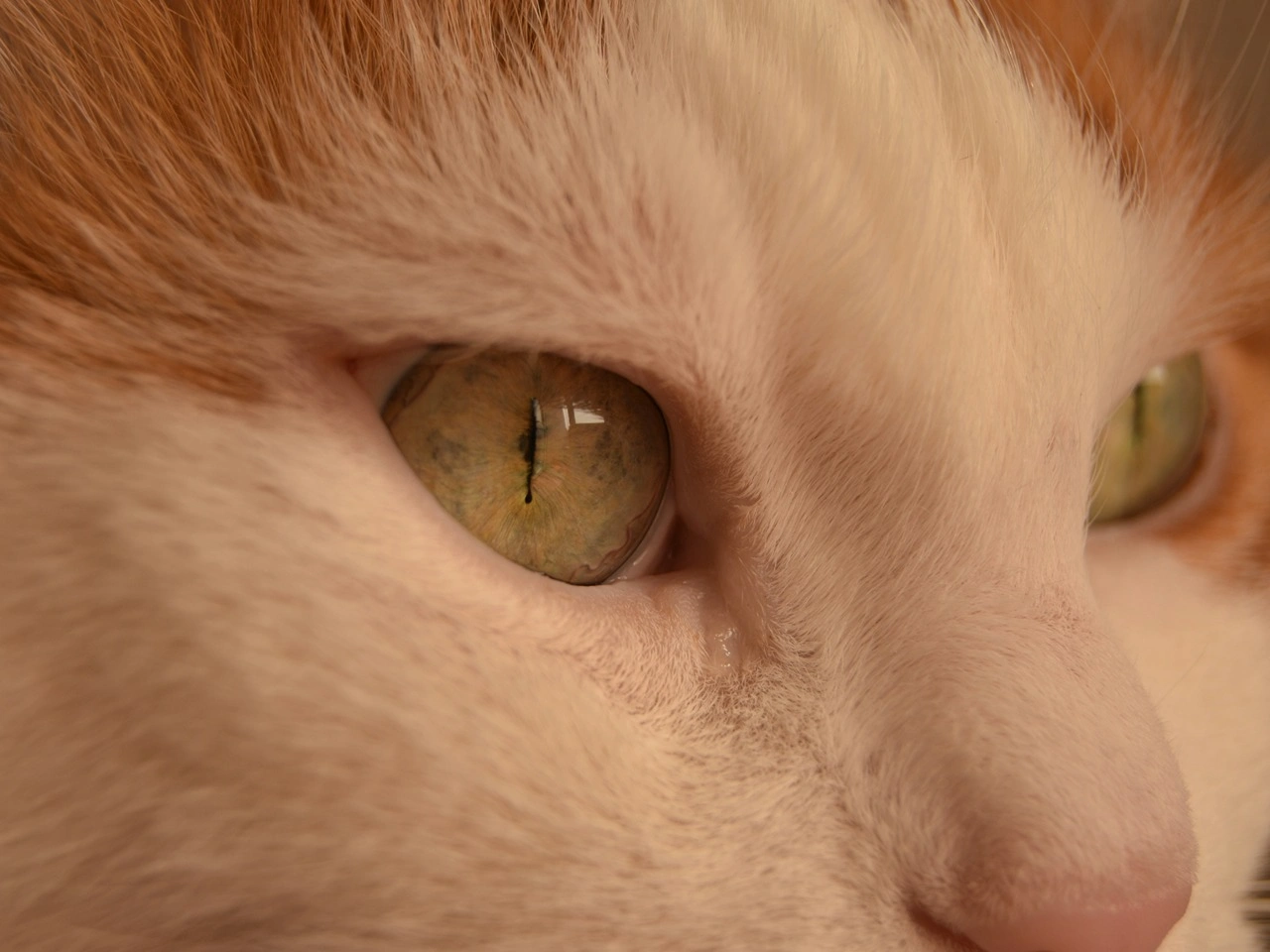
There isn’t a cure for FHV-1, but treatment of feline herpes focuses on making cats feel better and reducing the severity of the infection. With proper care, cats respond well to medical support and can live comfortably.
How You Can Help at Home:
- Gently clean your cat’s eyes and nose to help them breathe easier.
- Try a humidifier or steam therapy if your cat is stuffed up.
- Offer soft, warm food and make sure they drink water to avoid dehydration.
- Keep stress low, since stress can trigger recurrent infection and viral shedding.
What Vets May Recommend:
- Antiviral medication if your cat has an active infection.
- Antibiotics are used (prescribed by veterinarians) when a secondary bacterial infection makes things worse.
- A herpesvirus vaccine, which reduces the clinical effects of the virus.
- An intranasal herpes and calicivirus vaccine, which can help prevent infection and ease future flare-ups.
Long-Term Care:
- Feline herpes may come back from time to time, especially during stressful periods.
- Booster vaccine appointments are important to lower the likelihood of recurrent infection.
- Severely infected cats may need extra monitoring, but with consistent care, most cats and cats in multi-cat homes do very well.
Key Takeaway:
Treatment of FHV-1 isn’t about finding a cure—it’s about giving your cat relief, reducing flare-ups, and supporting their immune system so they can stay happy and healthy.
Final Thoughts
Feline herpesvirus-1 (FHV-1) may sound scary, but it’s something many cats live with and manage every day. Once a cat is infected, the virus stays in their body, which means flare-ups can happen from time to time, especially during stress.
The comforting part is that most cats respond well to medical care, supportive treatments, and vaccines that help reduce how severe the infection may get. As a cat owner, the best thing you can do is stay alert to early signs in cats and work closely with your vet.
Simple steps like reducing stress at home and keeping good hygiene in multi-cat households can greatly lower the risk of infection. Feline herpes may not have a cure, but with understanding, patience, and the right care, cats can still live a happy and healthy life.
Frequently Asked Questions
What is a viral infection caused by Feline Herpesvirus 1 in cats?
Feline herpesvirus 1 (FHV-1) is a viral infection in cats that’s very common and often called “cat herpes.” It mainly attacks the upper airways and eyes, and once a cat is infected, the virus stays with them for life.
Respiratory infection: Infection may look a lot like a cat cold, with sneezing, coughing, or a stuffy nose.
Eye problems: Cats often end up with watery eyes, redness, or even painful corneal ulcers that make them squint.
Lifelong virus: A cat may seem better, but the virus hides in their system and can flare up later.
Easily spreads: The herpes virus is very contagious to other cats, especially in homes where cats share bowls or bedding.
Feline viral rhinotracheitis: This is the medical name for the illness caused by FHV-1.
How can owners recognize feline herpesvirus symptoms early in their cats?
Catching symptoms early makes a big difference, and the first signs in cats are usually easy to miss if you’re not looking closely.
Eye discharge: Watery or sticky eyes are one of the most common early symptoms of FVR infection.
Nasal changes: Frequent sneezing, congestion, or a runny nose can appear soon after the infection starts.
Behaviour changes: A cat may act more tired, lose interest in food, or hide away instead of being playful.
Mouth ulcers: Some cats get small sores in the mouth, making it painful to eat or groom.
Severity of the infection: Kittens and severely infected cats usually show stronger, more worrying symptoms than adult cats.
What are the main causes and risk factors for a viral herpesvirus infection in cats?
Feline herpesvirus causes problems when cats are exposed to the virus, and certain conditions make the risk of infection much higher.
Direct contact: Infection occurs most often when cats groom each other, share food bowls, or come into contact with virus particles.
Carrier cats: A cat may carry the virus and spread it without showing any symptoms.
Stress and crowded spaces: Cats that are housed in shelters, catteries, or busy multi-cat homes face a greater risk.
Incubation period: Cats during this incubation period can pass the virus on before any signs appear in cats.
Other illnesses: Infections like feline calicivirus or feline panleukopenia make cats weaker and more at risk.
What options are available for the treatment of feline herpesvirus infection?
There isn’t a cure, but treatment of feline herpes is about making cats feel better and helping them fight the infection.
Supportive care: Cats respond well to medical help like fluids, soft food, and a stress-free environment.
Eye medication: Antiviral drops or ointments can ease pain and protect the eyes from damage.
Antibiotics: Sometimes needed if a bacterial infection shows up along with the viral infection, but it’s important to note that antibiotics are not available for purchase by pet owners and can only be prescribed and administered by veterinarians.
Antiviral therapy: In more serious cases, vets may prescribe antiviral drugs to help control flare-ups.
Vaccination: A herpesvirus vaccine or an intranasal herpes and calicivirus vaccine helps reduce future flare-ups.
Can cats recover fully from feline herpesvirus symptoms, and how can recurrence be prevented?
Cats usually recover well from the worst symptoms, but because the virus stays in their body, flare-ups may still return.
Recovery from symptoms: Most cats heal and go back to normal daily life after treatment and supportive care.
Recurrent infection: Stress, poor health, or other illnesses can bring the virus back, sometimes more than once.
Vaccination helps: A herpesvirus vaccine reduces the clinical signs of herpes recurrence and makes flare-ups milder.
Prevent infection: Keeping stress low, separating sick cats, and cleaning shared bowls and litter boxes lowers the risk.
Ongoing care: Even though feline herpes may come back, with regular vet visits and good care, cats can still live comfortably.

